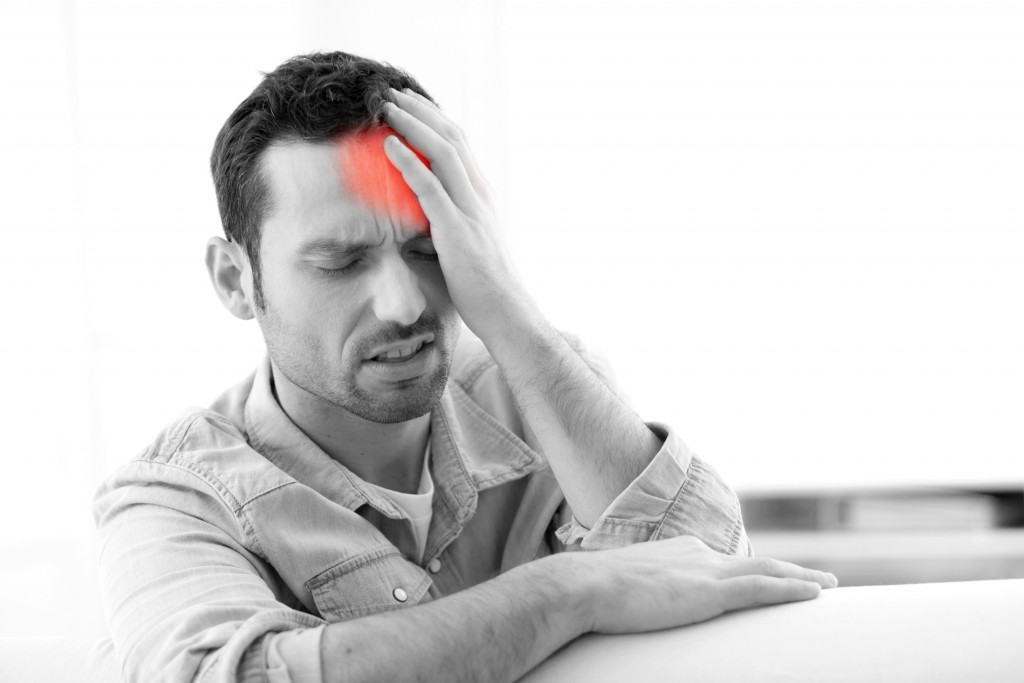In the course of a day, you might do something as simple as opening the door and your whole body will feel sore. Some people are able to manage their bodily pains while others find it extremely difficult. It can be tough to manage when different parts of your body ache at different times. For example, you might have a headache in the morning and a stomachache later in the day. There are different ways to manage bodily pains, but of course, they all depend on what causes these aches. Here are some general tips on how to manage different bodily pains.
1. Headaches
Headaches are common and can be caused by a number of things, such as stress, dehydration, and even diet. If you are experiencing a headache, try drinking plenty of water, resting in a dark room, and massaging the temples and scalp. If the headache persists, consult a doctor.
2. Migraines
Migraines are a type of headache that is more severe and often accompanied by nausea, light sensitivity, and other symptoms. People experience migraines in different ways, so there is no one-size-fits-all solution. However, some people find relief from taking painkillers, lying down in a dark room, or using a cold compress. If your migraines are frequent or severe, see a doctor for treatment options. There are a variety of medications that may help prevent migraines or lessen their symptoms.
3. Stomachaches
Stomachaches can be caused by a number of things, such as eating too much, eating the wrong thing, drinking alcohol, or stress. If you are experiencing a stomachache, the best thing to do is drink plenty of fluids, eat bland foods, and rest. Most of the time, stomachaches will go away on their own. If the pain is severe or lasts for more than a day or two, it is best to consult a doctor.
4. Menstrual cramps
Menstrual cramps are a type of pain that is experienced by women during their menstrual cycle. The pain is caused by the uterus contracting to expel the menstrual fluid. Menstrual cramps can range from mild to severe. Some women find relief from over-the-counter pain medications, heat pads, or relaxation techniques. If the pain is severe, consult a doctor for other treatment options.

5. PMS
Premenstrual syndrome (PMS) is a condition that affects some women during the days or weeks leading up to their menstrual cycle. Compared to menstrual cramps, PMS is a more general term that refers to a variety of symptoms, such as fatigue, mood swings, and changes in appetite. PMS cannot be cured, but there are a number of treatments that may lessen the symptoms. These include over-the-counter pain medications, relaxation techniques, and some PMS management remedies. Always consult a doctor before taking any medication, including over-the-counter drugs.
6. Back pain
Back pain is a common problem that can be caused by a number of things, such as poor posture, incorrect lifting technique, or stress. Many people find relief from back pain by using ice packs, heat packs, and over-the-counter pain medications. No matter what the cause of your back pain is, it is always best to consult a doctor before trying any home remedies.
7. Arthritis
Arthritis is a condition that affects the joints and can cause pain, swelling, and stiffness. This is usually a chronic condition that gets worse over time. There is no cure for arthritis, but there are a number of treatments that can help relieve the pain and improve joint function. These include over-the-counter pain medications, physical therapy, and acupuncture. Different treatments work for different people, so it is best to consult a doctor to find the best treatment for you.
8. Cancer pain
Cancer pain is a type of pain that is experienced by cancer patients. The pain can be caused by the cancer itself, the treatment, or both. Cancer pain can range from mild to severe, and it is often chronic. Patients can often find relief from cancer pain with medication, but in some cases, surgery or radiation may be necessary. A doctor can help you determine the best course of treatment for your pain.
9. Eye pain
Eye pain can be caused by a number of things, such as infections, allergies, or injuries. Most common eye pains can be treated with over-the-counter medications or by seeing an optometrist. However, if the pain is severe or persists for more than a few days, it is best to consult an ophthalmologist.
These are just a few of the many different types of pain that people experience. While some pains can be treated at home, others may require medical attention. If you are unsure about how to treat a certain type of pain, always consult a doctor.

